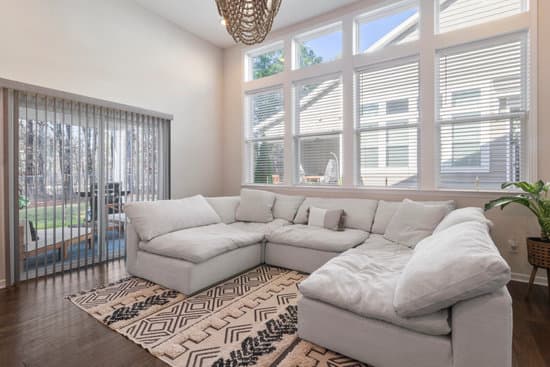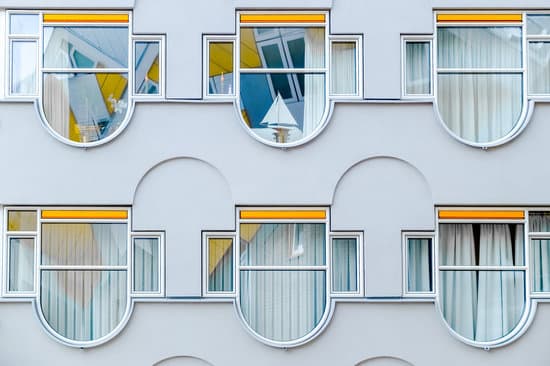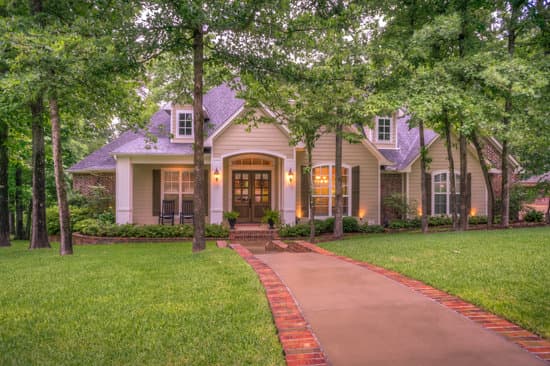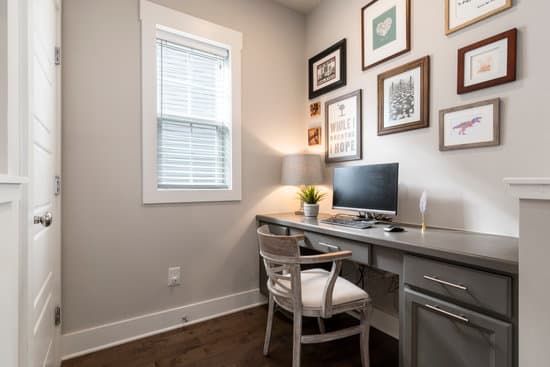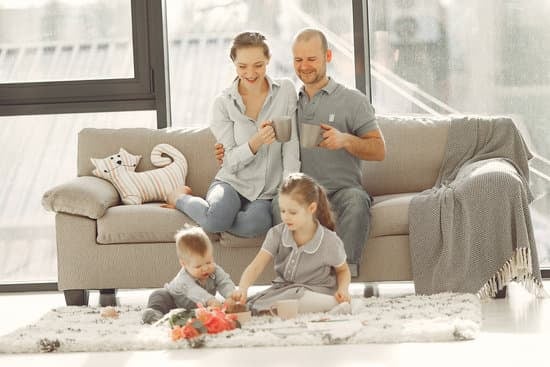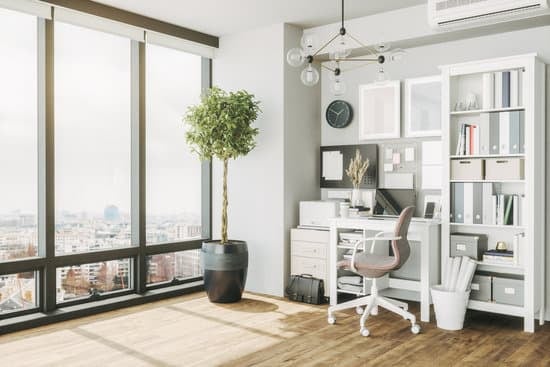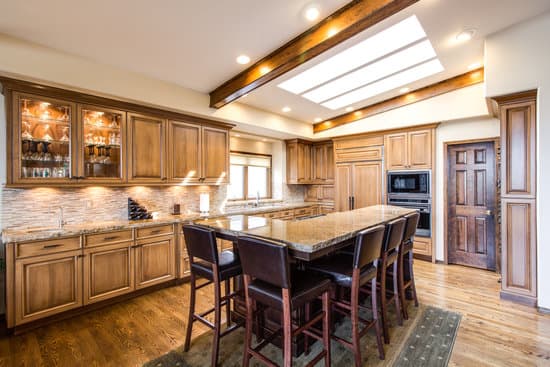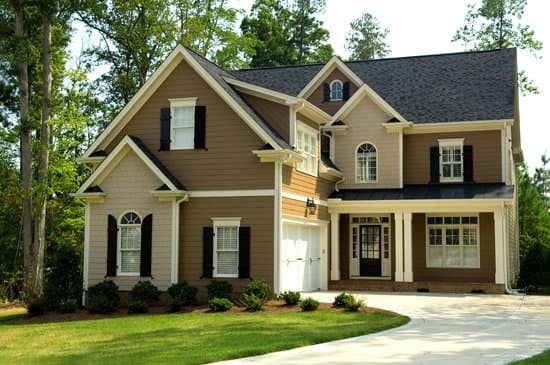Land Usage
The first element of urban design is land usage. This refers to how land is allocated and used in a city. Good urban design allocates land in a way that is sustainable, efficient, and flexible. Some key considerations for land usage include:- Residential: Providing enough land for housing that is affordable and accessible.
- Commercial: Allocating land for businesses and commercial activities that support the needs of residents.
- Industrial: Allocating land for manufacturing and other industrial activities.
- Institutional: Providing land for public institutions such as schools, hospitals, and government buildings.
Building and Mass-Building
The second element of urban design is building and mass-building. This includes the height, design, and layout of buildings in a city. This element of urban design has a significant impact on the city’s character, livability, and sustainability. Some key considerations for building and mass-building include:- Height and Density: Determining appropriate building heights and densities to balance density and livability.
- Design and Style: Ensuring that new buildings reflect the character and values of the surrounding community and complement the existing built environment.
- Layout and Orientation: Ensuring that buildings are aligned and oriented in a way that maximizes sunlight, privacy, and views.
Open Space
The third element of urban design is open space. Open space refers to public parks, plazas, squares, and other public spaces in a city. Good urban design provides ample and accessible open space for residents to enjoy. Some key considerations for open space include:- Size and Density: Allocating large enough open spaces to support recreational activities, cultural events, and community gatherings.
- Design and Maintenance: Ensuring that open spaces are designed and maintained to be safe, attractive, and functional.
- Accessibility and Connectivity: Ensuring that open spaces are easily accessible by residents and are connected to other parts of the city.
Parking and Circulation
The fourth element of urban design is parking and circulation. This refers to the design and management of parking and transportation systems in a city. Good urban design prioritizes sustainable transportation options, such as walking, cycling, and public transit. Some key considerations for parking and circulation include:- Sustainable Transportation: Providing infrastructure and incentives for walking, cycling, and public transit.
- Parking Management: Encouraging shared and mixed-use parking facilities to reduce the number of parking spaces.
- Circulation Design: Ensuring that streets and roads are designed to prioritize pedestrians and cyclists, while also accommodating vehicular traffic.
Signages
The fifth element of urban design is signages. This includes the design and placement of signs throughout a city. Good urban design ensures that signs are clear, visible, and help to orient residents and visitors. Some key considerations for signages include:- Clarity and Visibility: Ensuring that signs are clear and visible from a distance, with appropriate sizing and placement.
- Consistency and Design: Ensuring that signs throughout the city have consistent design and branding, reflecting the character and values of the community.
- Functionality and Purpose: Ensuring that signs serve a clear and useful purpose for residents and visitors, such as directing traffic or providing information.
Pedestrian Routes
The sixth element of urban design is pedestrian routes. This includes sidewalks, pedestrian crossings, and other infrastructure that prioritizes walking as a mode of transportation. Good urban design prioritizes pedestrian infrastructure and ensures that it is safe, comfortable, and accessible. Some key considerations for pedestrian routes include:- Sidewalk Width: Ensuring that sidewalks are wide enough to accommodate pedestrians and allow for social distancing.
- Crossing Design: Ensuring that pedestrian crossings are well designed and clearly marked, with appropriate signage and lighting.
- Curb Design: Ensuring that curbs are designed to be accessible for people with disabilities, including wheelchair users.
Activity Support
The seventh element of urban design is activity support. This includes infrastructure and support for cultural, recreational, and community activities in a city. Good urban design provides facilities and programs that meet the needs and interests of residents. Some key considerations for activity support include:- Cultural Facilities: Allocating space for museums, galleries, theaters, and other cultural institutions that reflect the unique character and values of the community.
- Recreational Facilities: Providing parks, sports fields, swimming pools, and other recreational facilities that support active lifestyles and promote health and wellness.
- Community Programs: Providing programs and events that promote community engagement, such as farmers’ markets, festivals, and community gardens.




